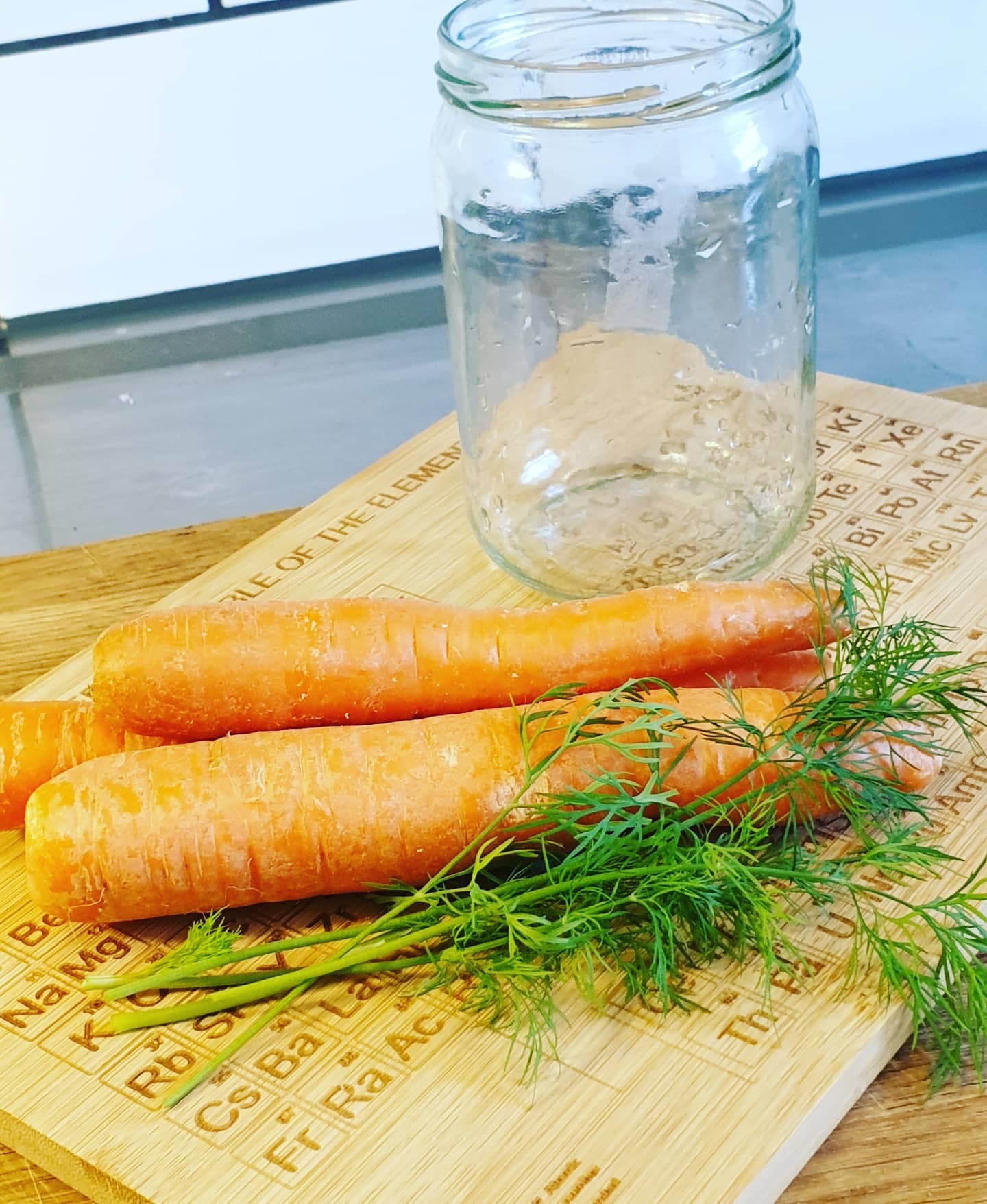Blog

‘Real life science’ for kids- how to preserve food for longer period?
Do you know how food spoils?
Food spoilage is a naturally occurring process. Factors that affect the most food spoilage are microorganisms (bacteria) and fungi. Many types of microorganisms are ‘good guys’ and have beneficial effects (i.e. probiotic bacteria found in milk), however others can cause food problems and those are called pathogenic microorganisms. All those microorganisms lives around us, in the air, on kitchen surface, on our hands and they are simply looking for a nice place to make their home. They love water, warm and cozy places which helps them grow and multiply. When spoilage microorganisms are present, the food usually looks and/or smells awful.
So, as soon as you open the jar, bottle of milk or bread basket microorganisms are coming to make some nice nest for them.
We recognize the importance of prevention or inhibition of microbial growth in food for our health. But, how we can preserve food for longer period using natural ingredients?
Pickling was used as a way to preserve food for out-of-season and it most likely originates from the northwest India around 2400 BCE. Although the process was invented to preserve foods, pickles are also made and eaten because people enjoy the resulting flavors.
Pickling is the process of preserving or extending the shelf life of food by either anaerobic fermentation in brine or immersion in vinegar. The pickling procedure typically affects the food's texture, taste and flavor. Foods that are pickled include vegetables, fruits, meats, fish, dairy and eggs.
Shall we try to make our own pickled vegetables and understand some basic science around the process?
1. We need to prepare glass jar with a lid. Jar need to be cleaned.
2. Chose vegetables you like (we used carrots and cauliflower), and wash them.
3. Motivate kids to peel and cut the vegetables on their own, by doing this, they improve hand motoric, build up patience, precision and self-confidence
4. Put the vegetables in the jar and start with pickling.
5. Add 2 spoons of salt. Salt prevents the food from spoiling. Salt is used because most bacteria, fungi and other potentially pathogenic organisms cannot survive in a highly salty environment, due to the hypertonic nature of salt. Any living cell in such environment will become dehydrated through osmosis and die or become temporarily inactivated.
6. Add 2 spoons of crystal sugar. Sugar is used for desiccating food by dehydrating it. Through osmosis, sugar replaces some of the water in the fruit and vegetables. This natural process preserves the fruit's inherent color, texture and shape by preventing the fruit's remaining water from leaving its cellular structures.
7. Fill the jar with water. In that way you are creating the favorable environment for all ingredients to mix and dissolve.
8. Add 2 small cups of vinegar. This pH of 4.6 or lower, is sufficient to kill most bacteria. Acidity of the salad is important to inhibit oxidation reactions and extend shelf life, as well as the total soluble solids that seem to diminish oxidation process and loss of ascorbic acid.
9. Mild pasteurization: The vegetable salad needs to be pasteurized at mild-temperature (70 or 80 °C) and stored at room temperature over a period of up to 3 months. These pasteurization treatments ensured enzymatic inactivation and food safety and saves food quality in the same time.
Enjoy spending quality time with your kids!
Please, share your results with us!
#scimarkt @scimarkt
https://www.instagram.com/scimarkt/
https://www.facebook.com/SciMarkt

